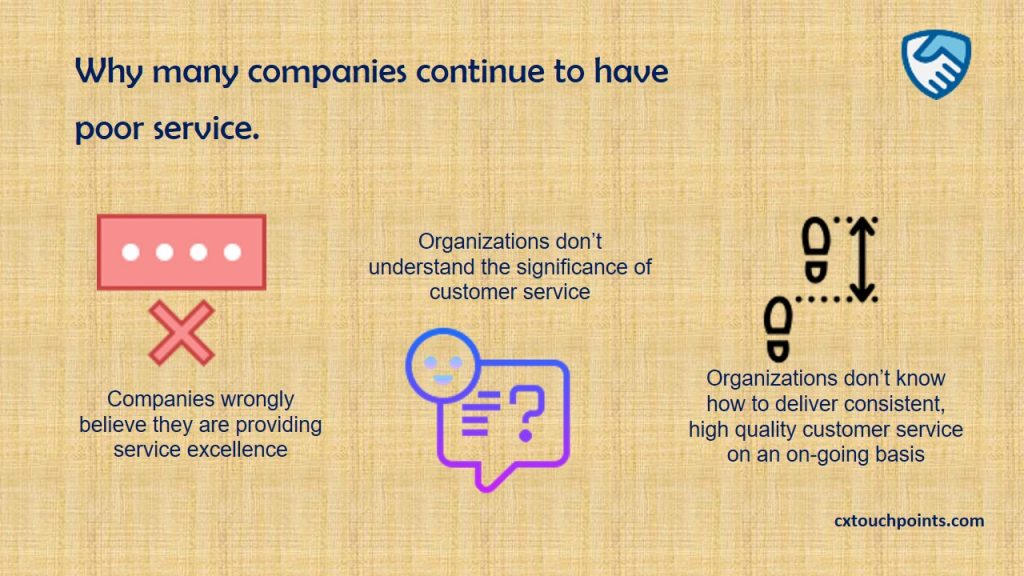Never tell a customer “how can I help you?”
Help! Are you kidding me? It is amazing how things have changed and how customer’ needs are evolving. Customer Experience is very much influences customer buying behavior. Customer buying behavior is influenced by small sensitive things that have nothing to do with the technical attributes of products. Today the f eel of the purchase environment and the warmth of the sales persons play an important role in buying behavior..
How can you ask a customer “How can i help you”. The word “help” puts you in the position of strength and the customer in the position of weakness. To help sounds like you are the hero, the solution and the customer the victim. Interesting right!
What is the right thing to say? You should ask the customer “how you may assist them” as this puts you in the position of service and reechoes the notion of the customer as the king. Businesses are born to meet customer needs and customer centric organizations can achieve this corporate goal through a delightful customer experience.
Positive Language is key
This customer experience trend must be able to echo through all services from the public sector, down to hospitals, schools and businesses. There is this general conception that customer service in developing countries is for Businesses. In this information age, poor service is easily shared and condemned. Positive language has to be considered as a way of life and an integral part of every profession. Expressions like “no”, “I don’t know” must give way to responses like “this is what i will do about it”.
Words have power
Words have power and the power of words is the charm of sales. Today the sales person has to be able to create lasting relationships with customers. This means creating value for the customers and in return value for the firm. You have to use words that bring your customers back; you have to use words that make your customers feel right.
This is the way forward:
1. Always appreciate your customers genuinely.
This begins with your colleagues. Which words do you use on your colleagues? and are they the same words you would love them to use on you. Learn to appreciate what they do. Begin seeing the little things they did right and not focusing on what they did wrong. Appreciation heals. Appreciation creates real bonds and builds trust.
2. Never condemn or complain.
No one likes being condemned. It is very easy to complain and condemn others. It is easy to point out faults in others because its easy to see them. I am not asking you never to point out the mistakes. the advice is to do so constructively.
A customer service expert is one who masters the use of positive language. Words that heal, Words that create bonds, and Words that nurse loyalty. Great words win the heart and make the sale. A customer service professional must be able to create a bridge between the heart of the company and the heart of the customer through strong positive words.
Never tell a customer “how can I help you?” Read More »






